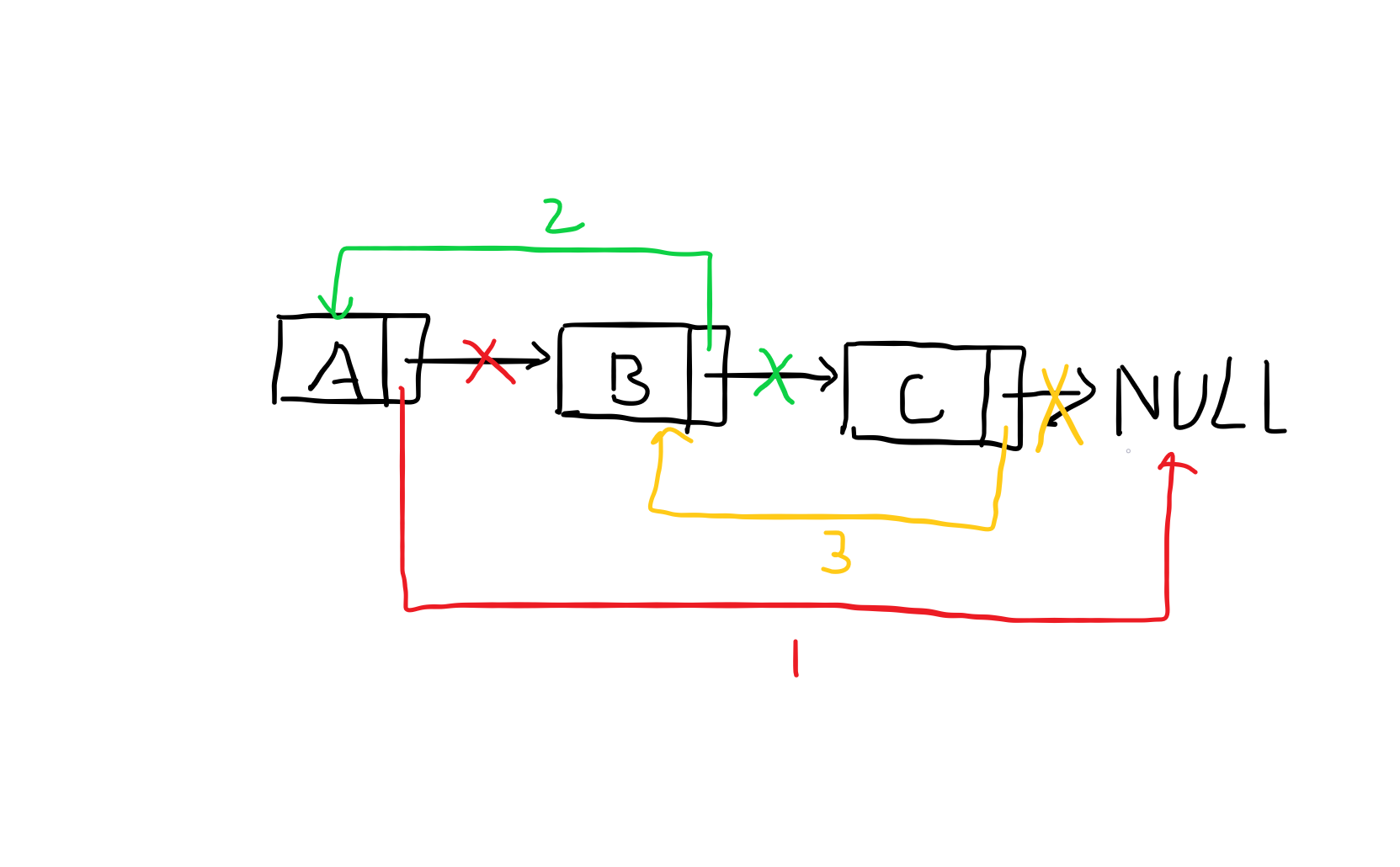1
2
3
4
5
6
7
8
9
10
11
12
13
14
15
16
17
18
19
20
21
22
23
24
25
26
27
28
29
30
31
32
33
34
35
36
37
38
39
40
41
42
43
44
45
46
47
48
49
50
51
52
53
54
55
56
57
58
59
60
61
62
63
64
65
66
67
68
69
70
71
72
73
74
75
76
77
78
79
80
81
82
83
84
85
86
87
88
89
90
91
92
93
94
95
96
97
98
99
100
101
102
103
104
105
106
107
108
109
110
111
112
113
114
115
116
117
118
119
120
121
122
123
124
125
126
127
128
129
130
131
132
133
134
135
136
137
138
139
140
141
142
|
#include<stdio.h>
#include<stdlib.h>
struct PolyNode{
int coef;
int expon;
struct PolyNode *link;
};
typedef struct PolyNode *Polynomial;
int compare(int a, int b){
if (a > b) return 1;
if (a == b) return 0;
if (a < b) return -1;
}
void Attach(int c, int e, Polynomial *pRear){
Polynomial P;
P = (Polynomial)malloc(sizeof(struct PolyNode));
P->coef = c;
P->expon = e;
P->link = NULL;
(*pRear)->link = P;
*pRear = P;
}
Polynomial ReadPoly(){
Polynomial P, Rear, t;
int c, e, N;
scanf("%d", &N);
P = (Polynomial)malloc(sizeof(struct PolyNode));
P->link = NULL;
Rear = P;
while (N--) {
scanf("%d %d", &c, &e);
Attach(c, e, &Rear);
}
t = P; P = P->link; free(t);
return P;
}
Polynomial Add(Polynomial P1, Polynomial P2){
Polynomial front, rear, t;
int sum;
rear = (Polynomial)malloc(sizeof(struct PolyNode));
front = rear;
while (P1&&P2){
switch (compare(P1->expon, P2->expon)){
case 1:
Attach(P1->coef, P1->expon, &rear);
P1 = P1->link;
break;
case -1:
Attach(P2->coef, P2->expon, &rear);
P2 = P2->link;
break;
case 0:
sum = P1->coef + P2->coef;
if (sum) Attach(sum, P1->expon, &rear);
P1 = P1->link;
P2 = P2->link;
break;
}
}
for(; P1; P1 = P1->link) Attach(P1->coef, P1->expon, &rear);
for(; P2; P2 = P2->link) Attach(P2->coef, P2->expon, &rear);
rear->link = NULL;
t = front; front = front->link; free(t);
return front;
}
Polynomial Mult(Polynomial P1, Polynomial P2){
Polynomial P, Rear, t1, t2, t;
int c, e;
if (!P1 || !P2) return NULL;
t1 = P1; t2 = P2;
P = (Polynomial)malloc(sizeof(struct PolyNode)); P->link = NULL;
Rear = P;
while (t2) {
Attach(t1->coef * t2->coef, t1->expon + t2->expon, &Rear);
t2 = t2->link;
}
t1 = t1->link;
while (t1){
t2 = P2; Rear = P;
while (t2){
e = t1->expon + t2->expon;
c = t1->coef * t2->coef;
while (Rear->link && Rear->link->expon > e)
Rear = Rear->link;
if (Rear->link && Rear->link->expon == e) {
if (Rear->link->coef + c)
Rear->link->coef += c;
else {
t = Rear->link;
Rear->link = t->link;
free(t);
}
}
else {
t = (Polynomial)malloc(sizeof(struct PolyNode));
t->coef = c;
t->expon = e;
t->link = Rear->link;
Rear->link = t;
Rear = Rear->link;
}
t2 = t2->link;
}
t1 = t1->link;
}
t2 = P; P = P->link; free(t2);
return P;
}
void PrintPoly(Polynomial P){
int flag = 0;
if (!P){printf("0 0\n"); return;}
while (P){
if (!flag)
flag = 1;
else
printf(" ");
printf("%d %d",P->coef, P->expon);
P = P->link;
}
printf("\n");
}
int main(){
Polynomial P1, P2, PP, PS;
P1 = ReadPoly();
P2 = ReadPoly();
PP = Mult(P1, P2);
PS = Add(P1,P2);
PrintPoly(PP);
PrintPoly(PS);
return 0;
}
|
